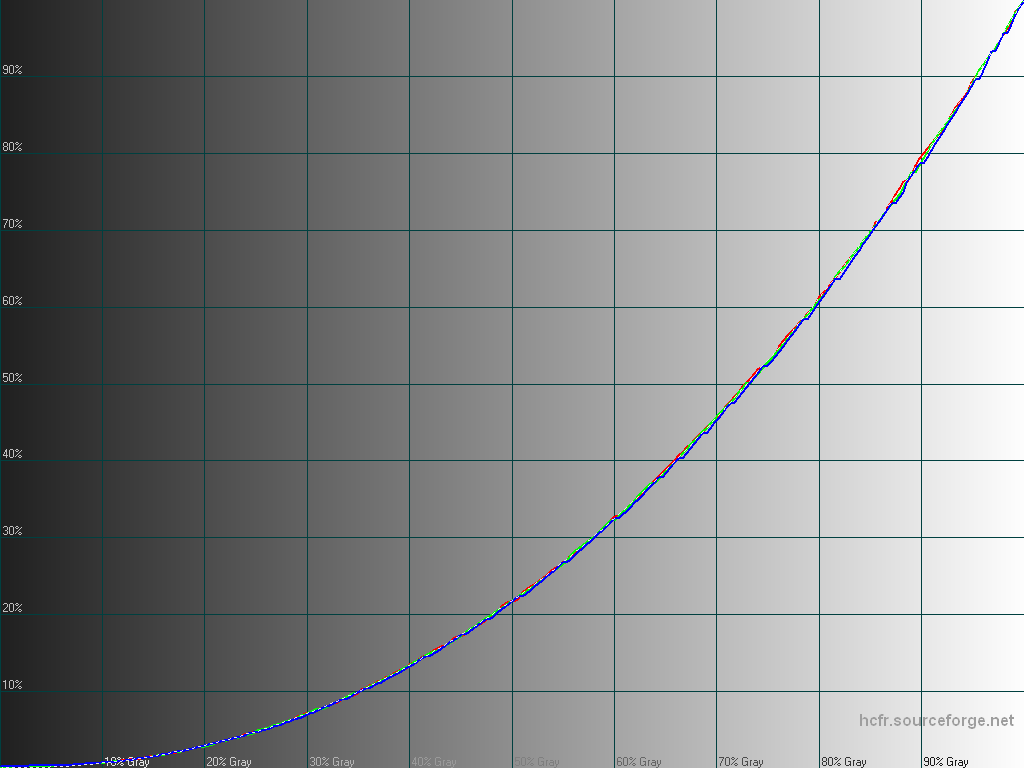Ordered on black Friday (160€) with the cheapest free shipping, it got here earlier than I expected.
The device itself is a beauty. It impresses.
I don't have a TV at the moment so it's plugged on a 1920×1200 monitor (supports HDCP) via a HDMI to DVI connector.
On first boot, for the initial setup it configured the output to 1920×1200 (in RGB limited tho) which was fine. It applies an update as soon as it can and is stuck on 640×480 since it rebooted, HDMI settings doesn't allow to change it, shoot.
Maybe something can be hacked until I get a TV.
Its super convenient that there's two Audio Outputs beside the HDMI one that's not connected to anything at the moment.
First output: on the controller. And wow, there's a capable DAC & HP amp in this thing already! Very good surprise, it sounds great.
It's native to the system and I wonder if it's actually streaming in a compressed format or in lossless PCM. I'll measure later. In case it's compressed it's pretty well done.
The output level is sufficient to drive the 300 ohms Sennheiser HD 650 (albeit not super loud for quiet content, but for music it's fine).
The HP amp output impedance appears to be high so the amount of bass is reduced on some headphones.
Second output: on the remote. This one appears as a Bluetooth audio device to the system so it probably streams as SBC.
Unfortunately my unit seems defective. There's a loud permanent icky noise on the left channel that makes it unusable. It persisted after the accessory firmware upgrade so I guess I'll have to request a replacement. Boo.
I got this device to study the possibility to write a color correction driver on this platform.
Either fully hardware using the display controller capabilities – if any or using the (very powerful) GPU.
I expect the GPU and compositor to not be able to access DRM protected surfaces like what Netflix app likely uses, just like on the Nexus 7 2013.
I'll let you know if I get any result, who knows 😊




